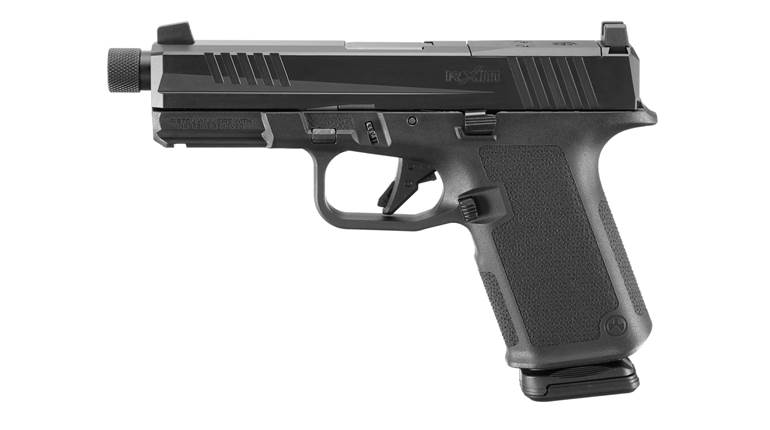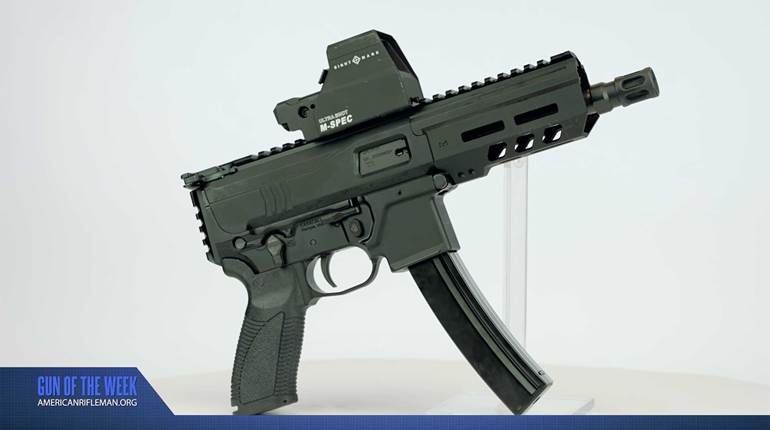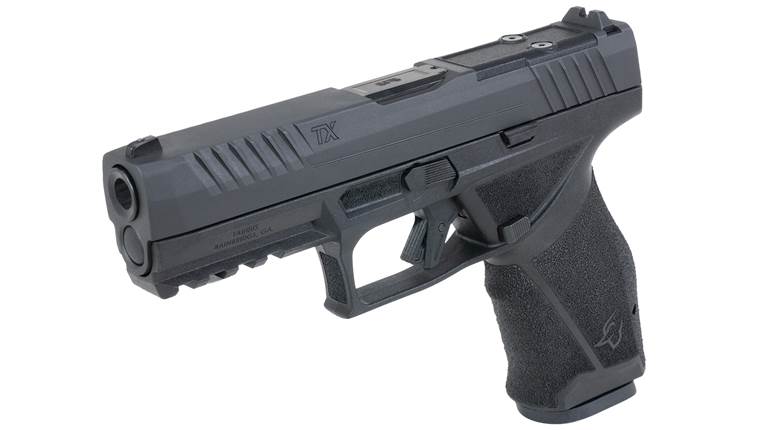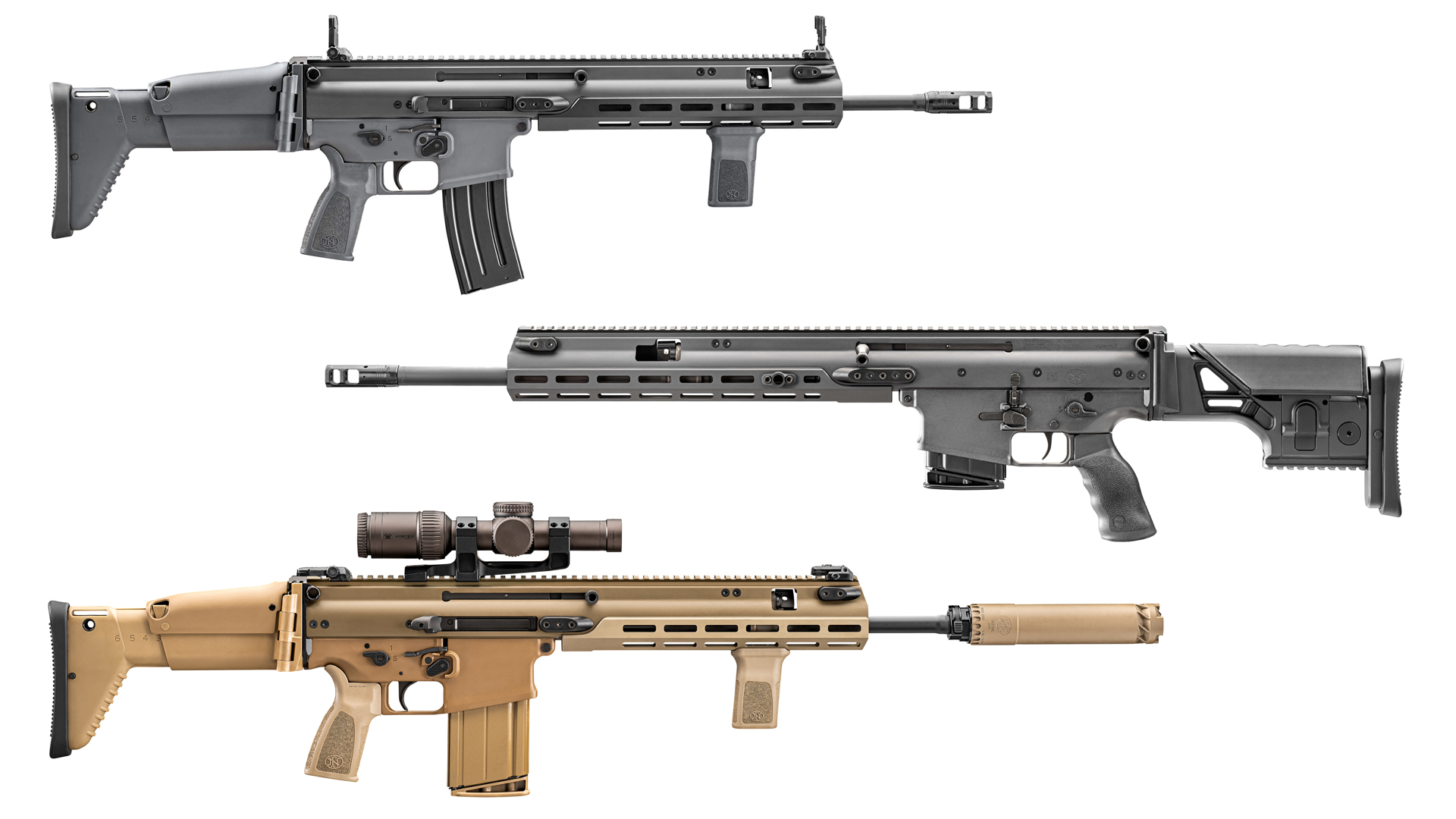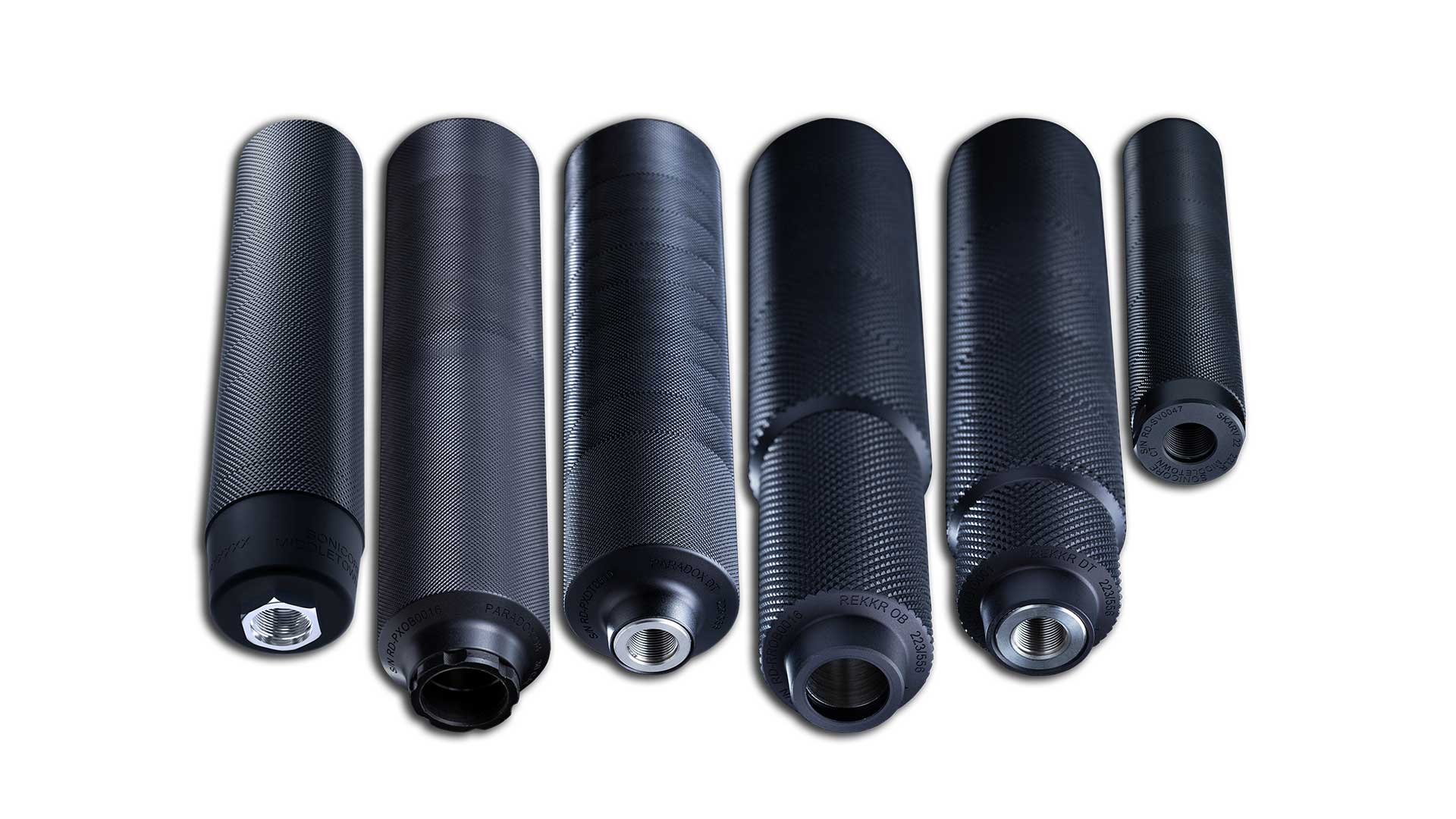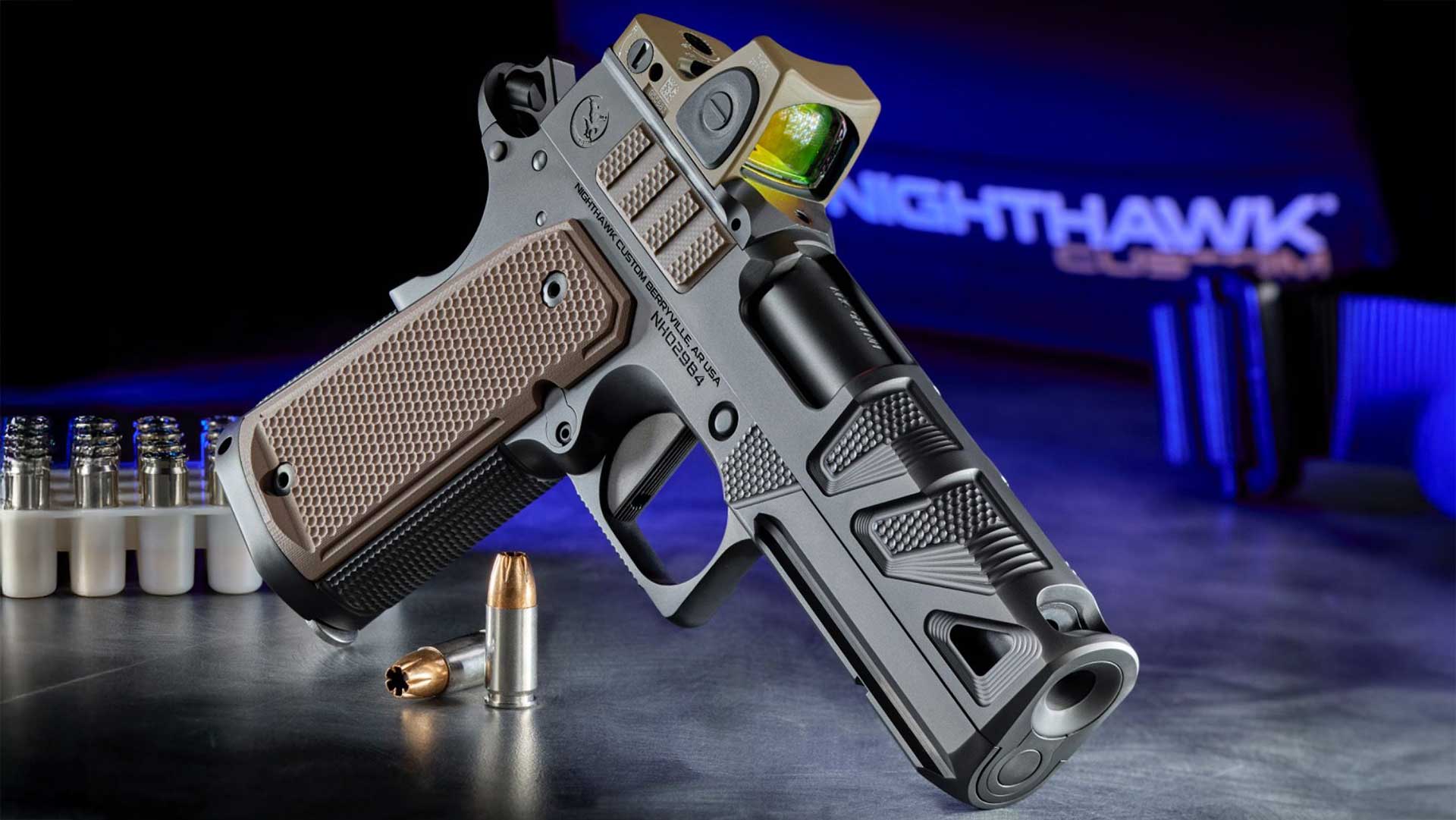For centuries, the family-owned Italian firm Beretta has remained at the forefront of firearm design. From long arms to pocket pistols, there is a lot to be said for the depth of innovation Beretta has brought to the industry. In more recent years, we’ve also witnessed stateside expansion of the Italian-American maker, growing out of its Accokeek, Maryland location and into an ultra-modern, 156,000 square-foot facility in Tennessee, which is where the Model 3032 Tomcat Kale Slushy is made today. Watch our video above to see this version of the Beretta's micro-compact Tomcat in use on the range.

To understand the Tomcat’s origins, we have to go back to the Italian-made 950B Jetfire, a gun prohibited by the U.S. 1968 Gun Control Act. Beretta went on to purchase its stateside importer in 1977 and began production of an American-made compact pistol dubbed the 950BS, like the Jetfire, only U.S. legal. It came with an interesting tip-up barrel configuration chambered for .25 ACP. And the line evolved from there to include rimfire versions and larger-bore options such as the 3032 Tomcat.
Chambered for .32 ACP, the Beretta Tomcat appears to be a mainstay in the company lineup these days, with unique line extensions such as the Kale Slushy you see here. This is a 14.5-oz. pocket pistol that measures a mere 5.4” long and has a seven-round capacity. It is also one of the few pint-sized pistols on the market today with a metal frame instead of polymer. Beretta’s Kale Slushy treatment is a unique green color treatment to the aluminum frame, steel slide and G10 stocks. And given the growing popularity of sound suppressors in recent years, Beretta even included a threaded barrel on this model, which pairs well with the simple blowback design.

Control wise, and even with the tip-up barrel feature, the Tomcat is easy to figure out. It is a double-action, single-action setup, so the first round requires a long, heavier trigger pull. The subsequent six shots will be in single-action mode, which is a much shorter and easier-to-pull trigger-break. Along the left side of the frame you’ll find, at the rear, a manual safety, which does interrupt the slide. Forward of that, and above the trigger, is the barrel’s latch. Simply pivot it forward and the barrel springs up, ready for a fresh cartridge or removal of a loaded one. As for the magazine release, it is nestled within the left-side stock panel along the heel of the grip.
On the range our testers found great joy in shooting the little Tomcat and appreciated the modern appointments Beretta added to the classic design. The gun’s all-metal construction is old school, yet it still provides a lightweight and capable defensive solution, however, .32 ACP ammunition may be hard to come by at times. We also appreciate the dovetailed rear sight and see this as an upgrade from previous iterations that contained a machined-in sight notch. The tip-up configuration, from an everyday carry perspective, provides an added level of ease and safety you otherwise can’t achieve with other modern semi-automatics. Rather than manipulating the slide to clear the bore, simple swipe the barrel latch and extract the cartridge.

Beretta Model 3032 Tomcat Kale Slushy
Action Type: blowback-operated, semi-automatic, centerfire pistol
Chambering: .32 ACP
Barrel: 2.9" steel; threaded 1/2x29 TPI muzzle
Frame: Cerakote-finished aluminum
Slide: Cerakote-finished steel
Magazine: seven-round detachable box
Sights: dovetailed rear, fixed post front
Trigger: DA/SA
Overall Length: 5.4"
Height: 3.7"
Weight: 14.5 ozs.
MSRP: $649

